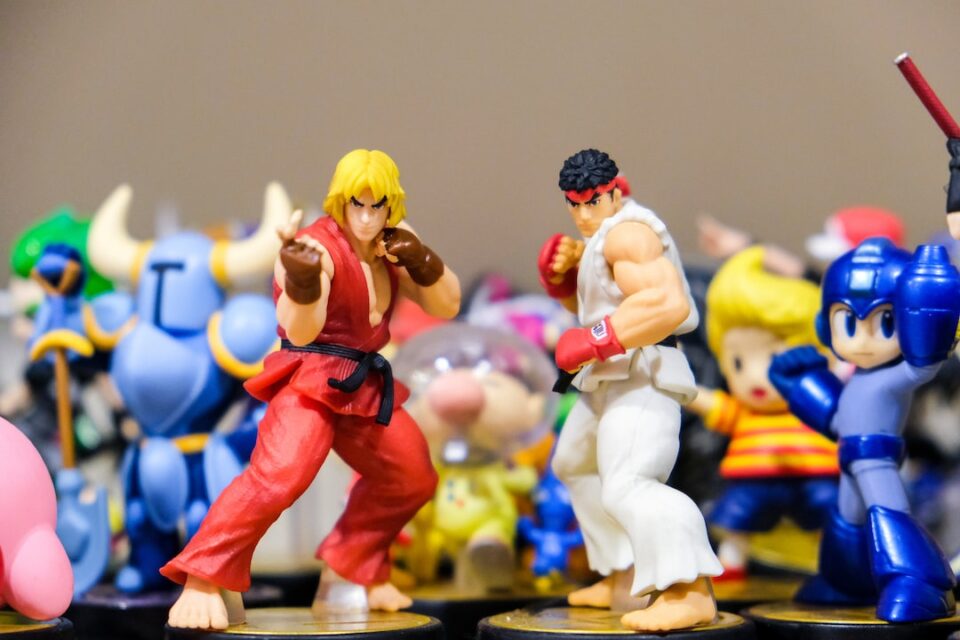The Economics of In-Game Purchases
Gaming has come a long way since its early days. From simple pixelated graphics to expansive virtual worlds, the industry has continually evolved and introduced new concepts to engage players. One of those concepts is in-game purchases, where players can buy additional content or virtual items within the game. While this concept has sparked controversies and debates, there is no denying its significant impact on the economics of the gaming industry.
In-game purchases, commonly known as microtransactions, have become increasingly prevalent in recent years. They allow players to enhance their gaming experience by unlocking exclusive content, acquiring virtual currencies, or purchasing cosmetic items like character skins or customization options. While some argue that paying real money for virtual items seems absurd, the reality is that it has become a highly profitable business model for game developers.
The primary driving force behind the success of in-game purchases is the concept of “freemium.” This term, a combination of “free” and “premium,” refers to games that are free to download and play but offer additional content or features that can be unlocked through purchases. Freemium games create a sense of inclusiveness, allowing anyone to download and play the game for free while giving players the option to invest in additional content if they wish.
The freemium model works remarkably well because it taps into various psychological factors that drive consumer behavior. One of those factors is the fear of missing out (FOMO). Game developers cleverly create limited-time events or exclusive items that create a sense of urgency among players. This fear of missing out on unique experiences or items pushes players to make in-game purchases to stay on par with their peers.
Another psychological factor at play is the desire for self-expression and customization. Players enjoy personalizing their virtual avatars or characters, and in-game purchases allow them to do just that. Character skins, outfits, or even emotes provide players with the means to differentiate themselves from others and express their unique style within the game world.
The economics of in-game purchases are further fueled by the concept of sunk cost fallacy. Once players have invested money in a game, they are more likely to continue spending to make their initial investment worthwhile. Players feel a sense of attachment and are more likely to keep investing in the game, even if it means spending more than they originally intended.
Furthermore, game developers employ various pricing strategies to maximize their revenue from in-game purchases. They often offer bundles or discounted packs that provide players with more value for their money. By bundling multiple items together at a slightly lower price than if purchased individually, game developers encourage players to spend more.
However, it is crucial to note that the success of in-game purchases is not solely based on the psychology of consumers. It is heavily reliant on the game’s overall design and mechanics. Game developers must strike a delicate balance between providing a satisfying gaming experience and creating opportunities for in-game purchases. If the game is too reliant on purchases or becomes pay-to-win, where players who spend more money gain an unfair advantage, it could lead to player dissatisfaction and a loss of interest in the game.
Moreover, the rise of in-game purchases has also prompted debates about their impact on the gaming community and the ethics surrounding them. Critics argue that in-game purchases create a pay-to-win culture, where players who can afford to spend more money gain significant advantages over those who cannot. This can raise concerns about fairness and inclusiveness within gaming communities.
In response to these criticisms, some game developers have adopted a more player-friendly approach to in-game purchases. They focus on offering cosmetic items that do not affect gameplay, ensuring that all players have an equal chance to succeed without financial implications. This approach strikes a balance between revenue generation and maintaining a fair and inclusive gaming experience for all players.
In conclusion, the economics of in-game purchases have transformed the gaming industry and have become an integral part of game development and revenue generation. The freemium model, combined with various psychological drivers, has propelled the success of in-game purchases, providing players with personalized experiences and allowing game developers to monetize their creations further. However, maintaining a fair and inclusive gaming environment remains a crucial aspect to address the ethical concerns associated with these purchases.

